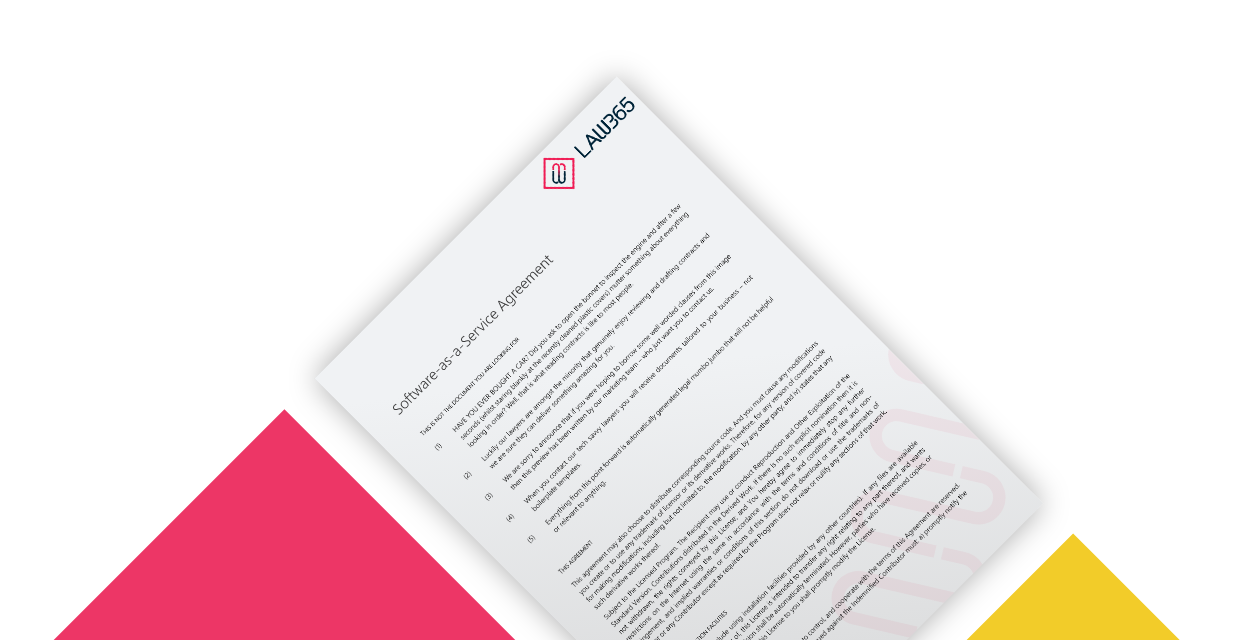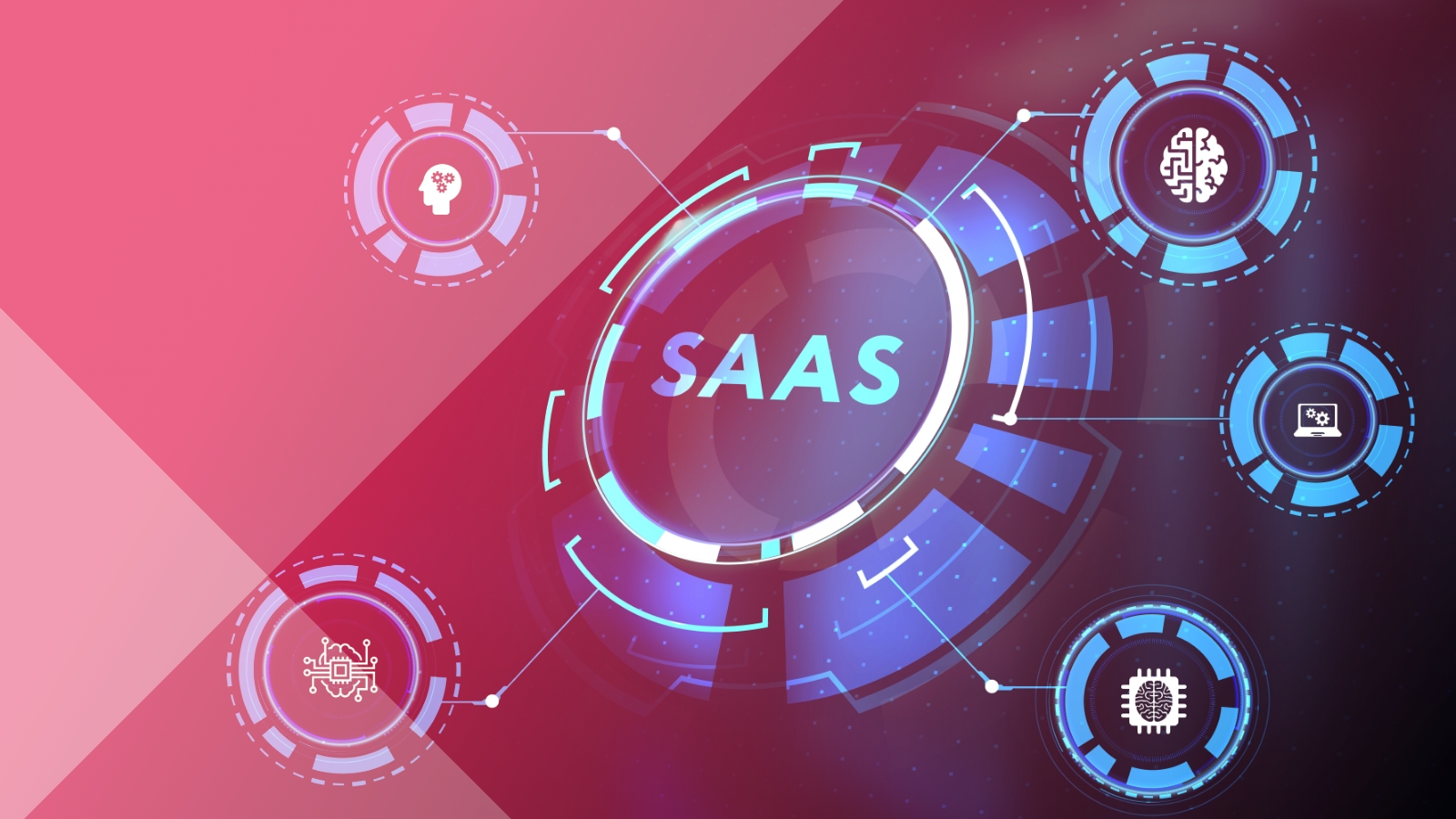
Table of contents
View the contents of a
Key facts
Get the key facts for a
Frequently Asked Questions
A: SaaS products are cloud-based apps that are licensed and distributed to users via the internet. Commonly used SaaS products includes Zoom, Microsoft 365 Cloud and many Content Management Systems. The global Software as a Service market was valued at $157 billion in 2020.
A: The answer is all about retaining control over the product. With the SaaS model, the product does not reside with the end user, they access it via the cloud. This means you as the developer can constantly improve your product, fix bugs, install upgrades and have better security with oversight of who is using your product, and how.
This varies company to company. The basic service is hosting the software and customer data on the supplier’s servers. Some companies might work with a “there is the product, have fun!” approach, while others may offer additional services like customer support, training and maintenance.
Used by
Contact us
Other documents we can help you with...

.png)

